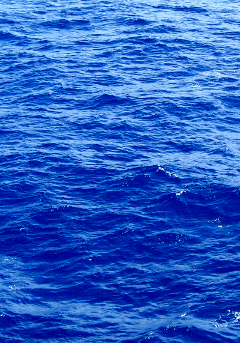Eyes on offshore wind
 Victoria's Gippsland region could become a global offshore wind energy hub with the potential construction of giant wind turbines.
Victoria's Gippsland region could become a global offshore wind energy hub with the potential construction of giant wind turbines.
An audacious $9 billion plan aims to harness the untapped wind resource off the coast of Victoria, leveraging the area's world-class wind speeds and shallow waters.
Ocean Winds, a Madrid-based company owned by Portugal's EDP Renewables and French energy giant Engie, is leading the charge with its proposed 1.2 gigawatt project.
Rafael Munilla, Ocean Winds' chief business development officer, says that the project would utilise “next-generation” 20-megawatt wind turbines, surpassing the capacity of any currently available turbines.
The company plans to develop three projects sequentially, pending the success of their licence applications in Australia's first offshore wind project area.
Competing for a spot in this lucrative venture are industry heavyweights such as Shell, Macquarie's Corio Generation, and Denmark's Orsted, the world's largest developer of wind farms.
The Victorian government designated the Gippsland coast as the country's first offshore wind zone in December, attracting international players eager to tap into Australia's offshore wind sector.
Apart from the region's favourable wind conditions, Gippsland benefits from its shallow waters, suitable ports, and proximity to major transmission connection points in the Latrobe Valley's brown coal power generation hub.
Ocean Winds aims to generate power by 2032 and has expressed interest in developing projects in other upcoming offshore wind zones throughout Australia.
The company's ambitions align with the Victorian government's targets of achieving 2 gigawatts of offshore wind capacity by 2032, 4 gigawatts by 2035, and 9 gigawatts by 2040.
While the company seeks to partner with local experts to navigate the Australian market, the first crucial step involves securing licences for the offshore Gippsland area.
Feedback on the licensing round is expected by October-November, with a decision to be made by the end of the year.
If successful, the project will see approximately 60 massive turbines installed 55 to 100 kilometres from the coast to minimise visibility from the shore.
The larger turbines' increased capacity will enhance efficiency, optimise wind resource utilisation, and reduce the overall number of installations required.
However, there is also a need to build new transmission infrastructure to connect offshore wind farms, urging the new transmission planning body VicGrid to prioritise this aspect.








 Print
Print